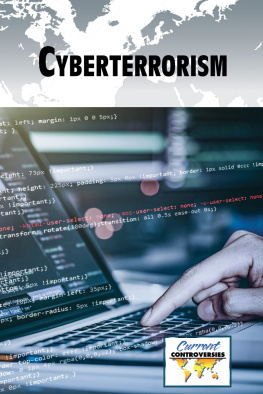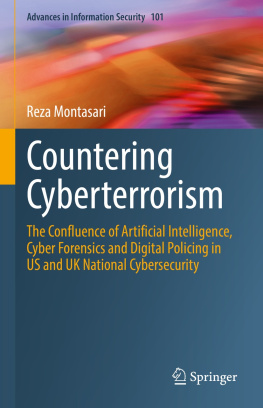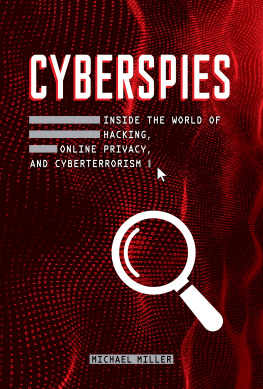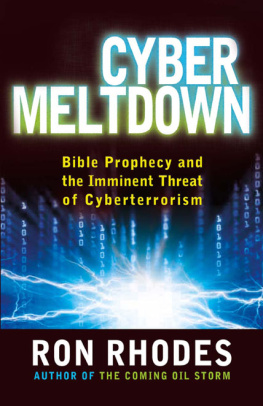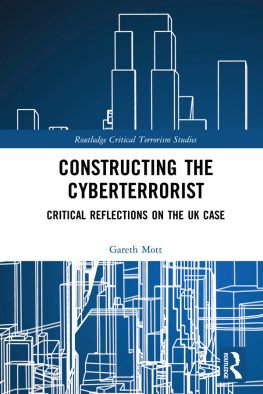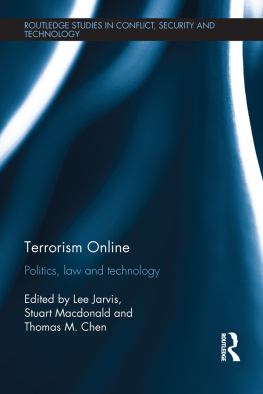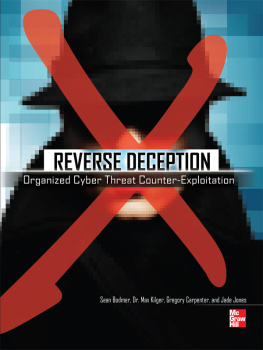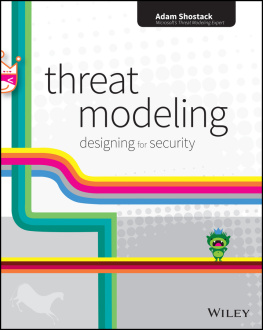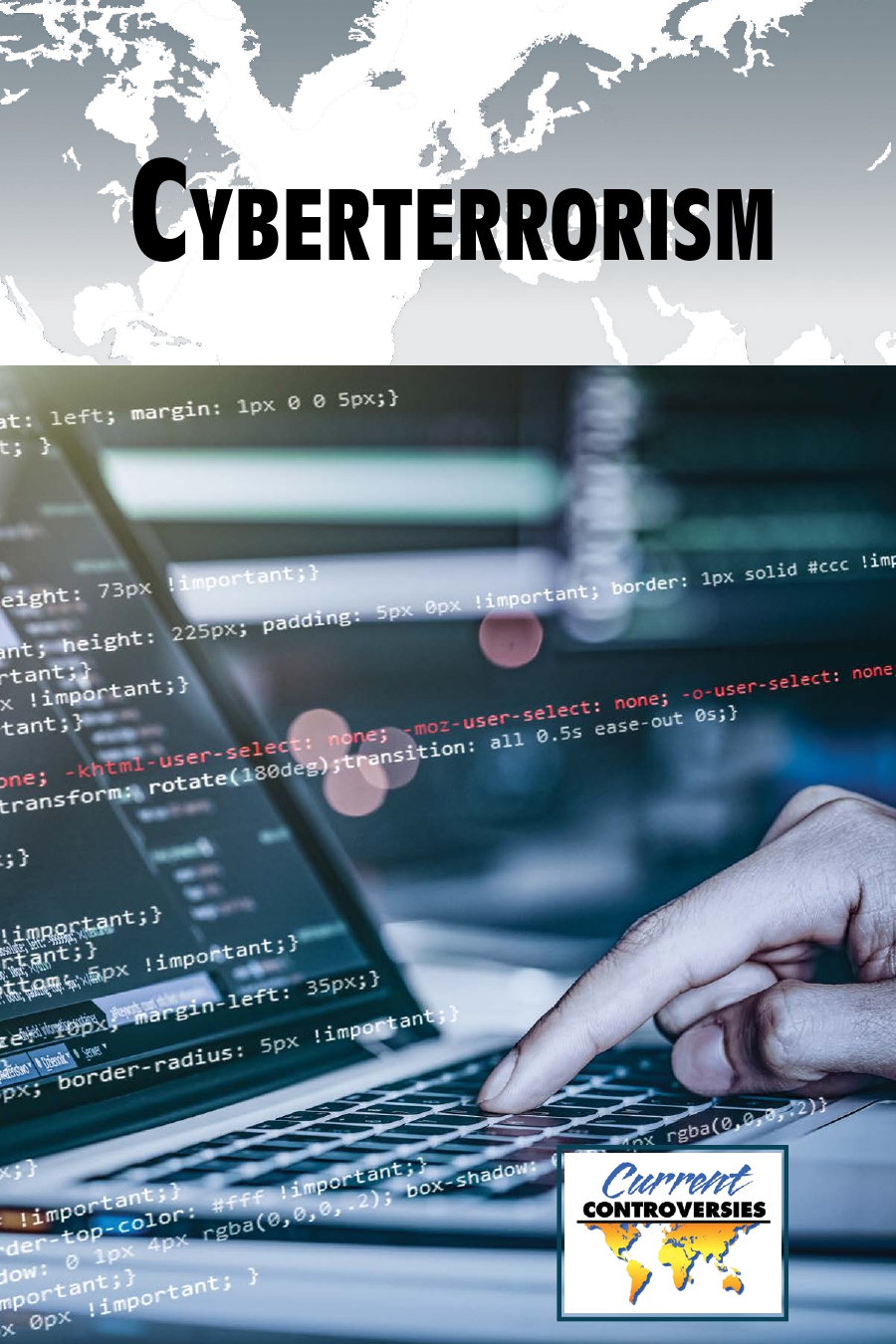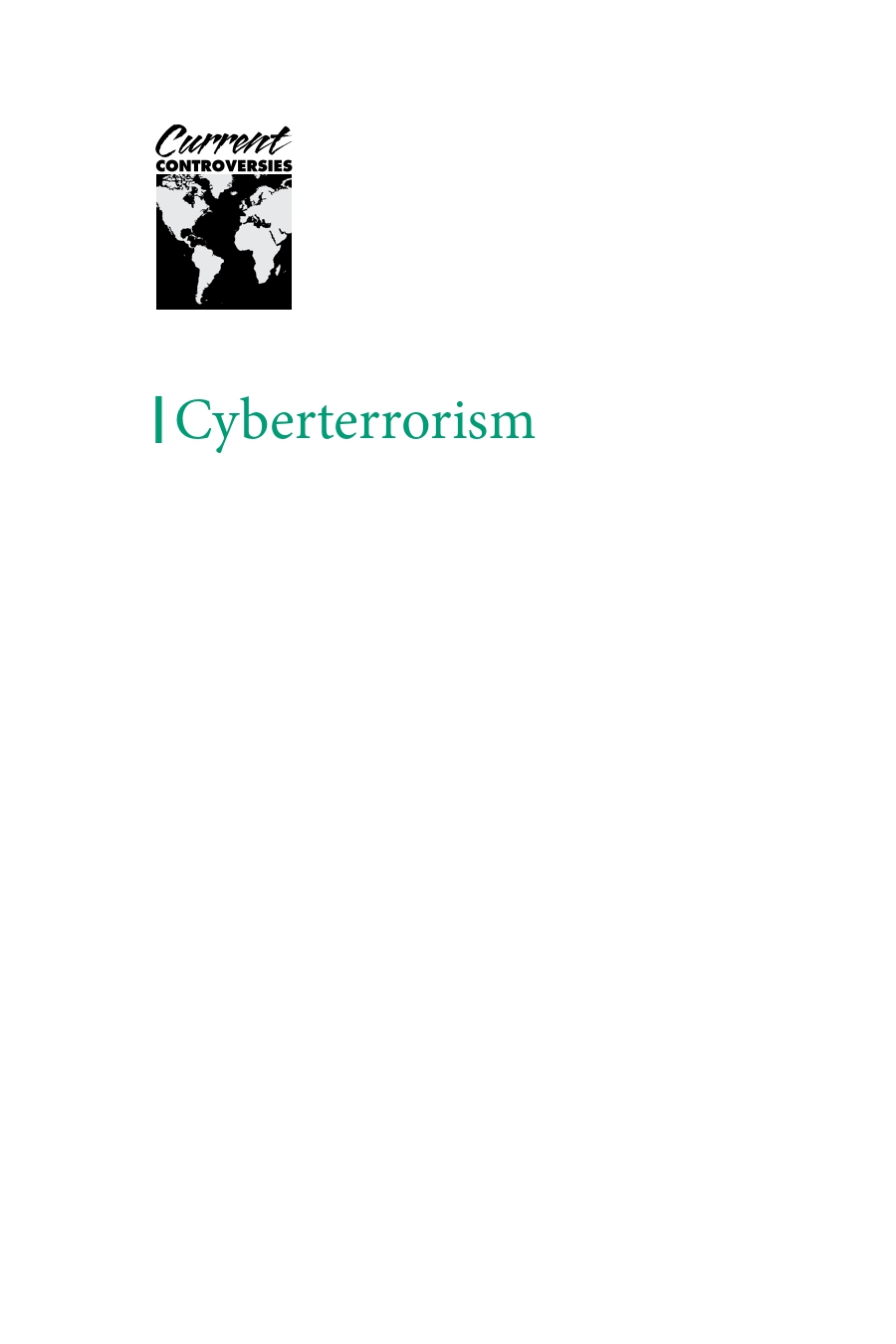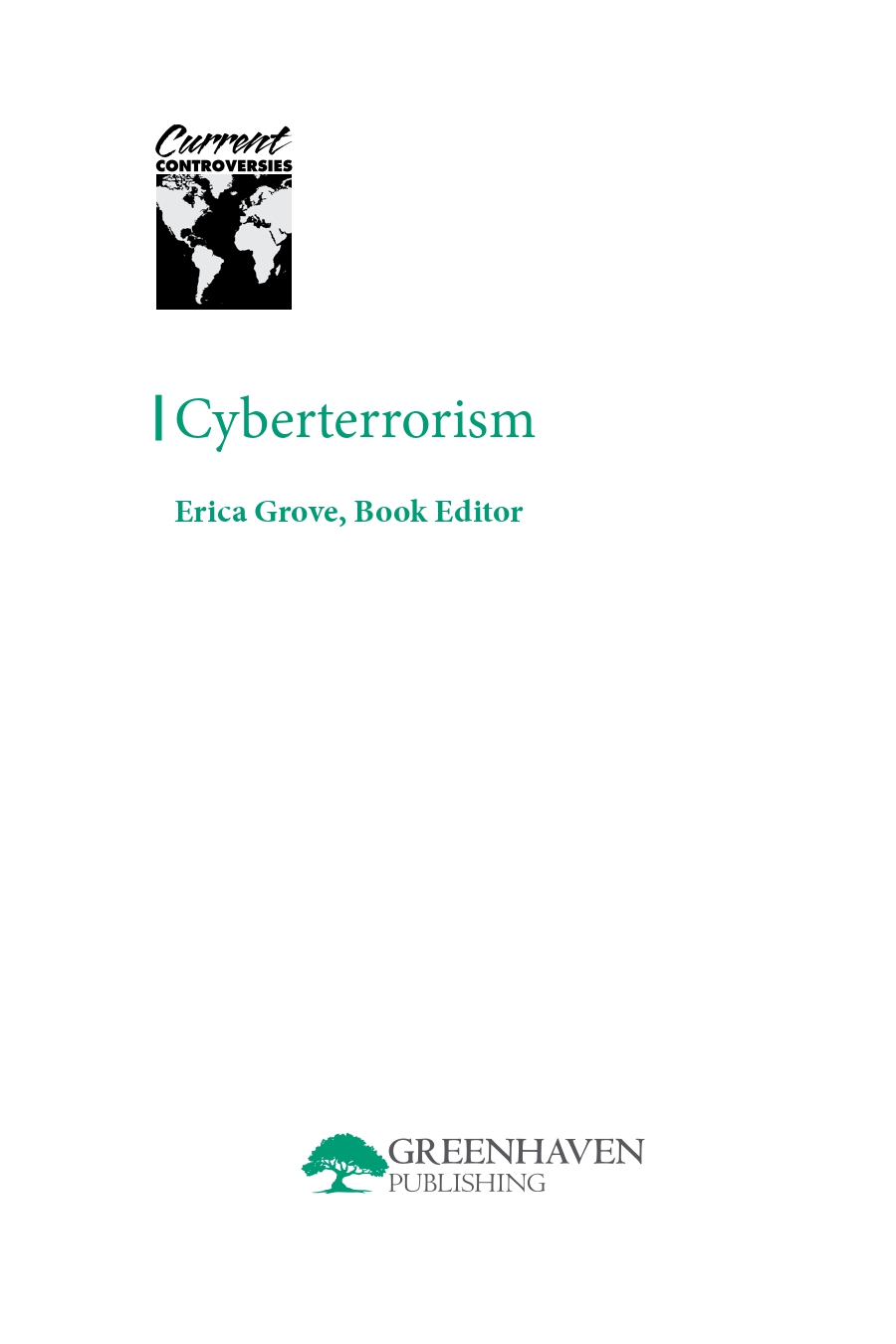Other Books in the Current Controversies Series
Attacks on Science
Big Tech and Democracy
The Capitol Riot: Fragile Democracy
Domestic Extremism
Domestic vs. Offshore Manufacturing
Fossil Fuel Industries and the Green Economy
Hate Groups
The Internet of Things
Libertarians, Socialists, and Other Third Parties
The Politics and Science of COVID-19
Reparations for Black Americans
Sustainable Consumption
Published in 2022 by Greenhaven Publishing, LLC
353 3rd Avenue, Suite 255, New York, NY 10010
Copyright 2022 by Greenhaven Publishing, LLC First Edition
All rights reserved. No part of this book may be reproduced in any form without permission in writing from the publisher, except by a reviewer.
Articles in Greenhaven Publishing anthologies are often edited for length to meet page requirements. In addition, original titles of these works are changed to clearly present the main thesis and to explicitly indicate the authors opinion. Every effort is made to ensure that Greenhaven Publishing accurately reflects the original intent of the authors. Every effort has been made to trace the owners of the copyrighted material.
Cover image: REDPIXEL.PL/Shutterstock.com
Library of Congress Cataloging-in-Publication Data
Names: Grove, Erica M., editor.
Title: Cyberterrorism / Erica Grove, book editor.
Description: 1 Edition. | New York, NY: Greenhaven Publishing, 2022. |
Series: Current controversies | Includes bibliographical references and index. | Audience: Ages 15+ | Audience: Grades 10-12 | Summary:
Anthology of curated articles exploring cyberterrorism and cyber attacks used to create chaos and fear. The viewpoints in this resource debate the potential damage created by cyberterrorism, how it can be prevented, and who is responsible for policing it Provided by publisher.
Identifiers: LCCN 2021029611 | ISBN 9781534508651 (library binding) | ISBN 9781534508644 (paperback) | ISBN 9781534508668 (ebook)
Subjects: LCSH: CyberterrorismJuvenile literature. | Computer crimesJuvenile literature.
Classification: LCC HV6773.15.C97 C937 2022 | DDC 363.325dc23 LC record available at https://lccn.loc.gov/2021029611
Manufactured in the United States of America
Website: http://greenhavenpublishing.com
Contents
Fawzia Cassim
This excerpted viewpoint argues that the absence of suitable legal frameworks to address cyberterrorism at national and regional levels, the lack of adequate safeguards, the lack of cybersecurity strategies, and the preoccupation of countries with internal factors have all contributed to the creation of an environment that can be easily infiltrated by cyberterrorists.
Yes: Cyberterrorism Differs from Other Types of Cyberattacks
Laura Mayer Lux
This excerpted viewpoint demonstrates cyberterrorisms relationship to terrorism and to other cybercrimes while clarifying what characteristics set it apart from these crimes. For a cyberattack to be considered cyberterrorism, the harm principle must be met.
Donald L. Buresh, PhD, JD
In this excerpted viewpoint, the author argues that, while controversial, digital terrorism is as real a threat as conventional terrorism. As technology advances, however, future cyberattacks will not resemble past attacks.
Rory Carroll
In 2014, a hacker group leaked confidential data from Sony Pictures and threatened terrorist attacks at theaters showing Sonys film The Interview, which depicted North Korea in a negative light. The US blamed North Korea and threatened to place the country on the State Departments terrorism sponsorship list.
No: All Forms of Cyberattacks Have the Same Effects, and the Distinctions Between Them Are Arbitrary
Catherine A. Theohary and John W. Rollins
The authors of this excerpted viewpoint demonstrate the difficulty in accurately categorizing a cyberattack as one particular type. Often there is a lot of overlap between different types of attacks, so while it may be useful to try to understand the various terms related to cyberattacks, actual incidents often defy simple categorization.
Aaron Wright
In order to accurately label incidents as cyberterrorism, one needs to carefully consider the perpetrator, the goal, and the impact, and often it can be difficult or impossible to have a clear understanding of any of these subjects. Based on todays understanding, there may not be a clear difference between cyberterrorism and cyberwarfare.
Michael McElfresh
In December 2015, cyberattacks succeeded at taking down the power grid of an entire region of Ukraine. Whether these attacks were acts of cyberterrorism, cyberwarfare, or something else entirely is up for debate, but they clearly demonstrate the significant damage a software-based attack can have on infrastructure.
Yes: Cyberterrorism Has the Potential to Cause Real Damage
Jeremy Straub
Cyberattacks that have occurred on infrastructure such as water treatment plants, nuclear plants, petrochemical plants, and power grids suggest how such attacks could turn deadly. Unlike with nuclear weapons, there are no international protections against cyberattacks.
Emma Graham-Harrison
ISIS recruits hackers to join its cyber caliphate" and given the devastation the group has caused through real-world attacks, it is safe to assume that their hackers aim to do similar damage online. Although so far their online activities have been largely limited to creating propaganda, recruiting new members, and hacking for profit, it isnt a stretch to assume that sabotaging physical targets through hacking could be on the agenda.
Dorothy E. Denning
Irans Islamic Revolutionary Guard Corps, a branch of its military, has been developing cyberattack capabilities for years. It contracts independent hacking groups to carry out the attacks, which makes it even more difficult to attribute them. So far, the attacks have been limited to cyber theft and DDoS attacks on desktop computers and standard commercial servers, but the potential for them to target industrial control systems for physical infrastructure exists.
No: Cyberterrorism Is Not Nearly as Dangerous or Deadly as Real-World Attacks
Irving Lachow and Courtney Richardson
The authors of this excerpted viewpoint argue that although the internet is an important resource for terrorists, cyberterrorist attacks are unlikely. Through examining how terrorists do and do not use the internet, the authors assert that the threat of cyberterrorism has largely been exaggerated.
Gabriel Weimann
At the time of this excerpted viewpoints publication, the author argued that there had been no recorded incidents of actual cyberterrorist attacks on US public facilities. Though high-profile and costly attacks have occurred within the US since then, this assertion continues to be true. The attacks that have occurred are by individual hackers and insiders seeking to profit, not terrorist organizations.
Tate Watkins
For a cyberattack to be considered an act of waror terrorismthe author argues that the attack must be potentially lethal and malicious, while the most sophisticated cyberattacks have thus far only been for subversion, espionage, and sabotage" These attacks would not meet the qualifications for warfare or terrorism in real life, and they should not be considered acts of cyberwarfare or cyberterrorism.

